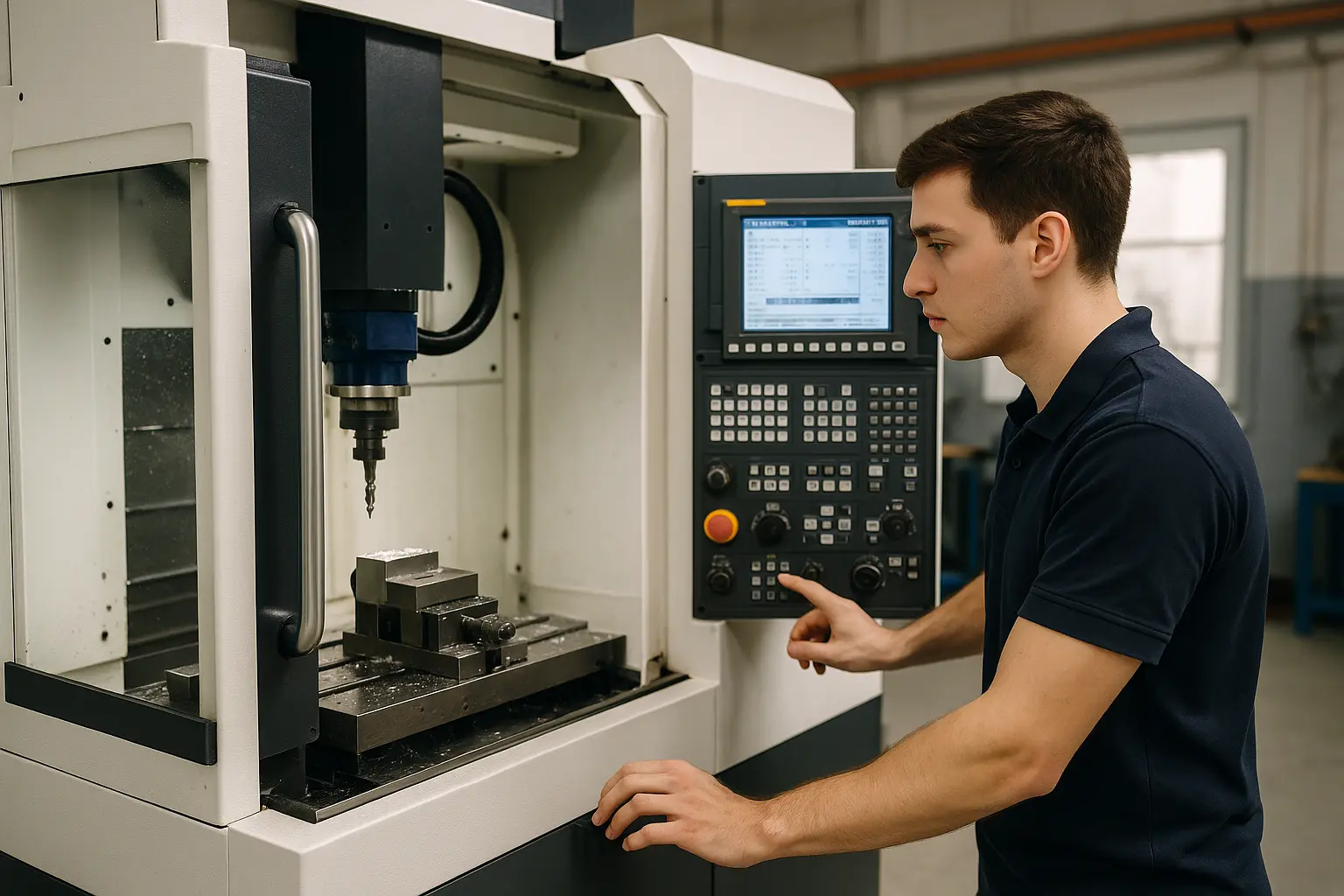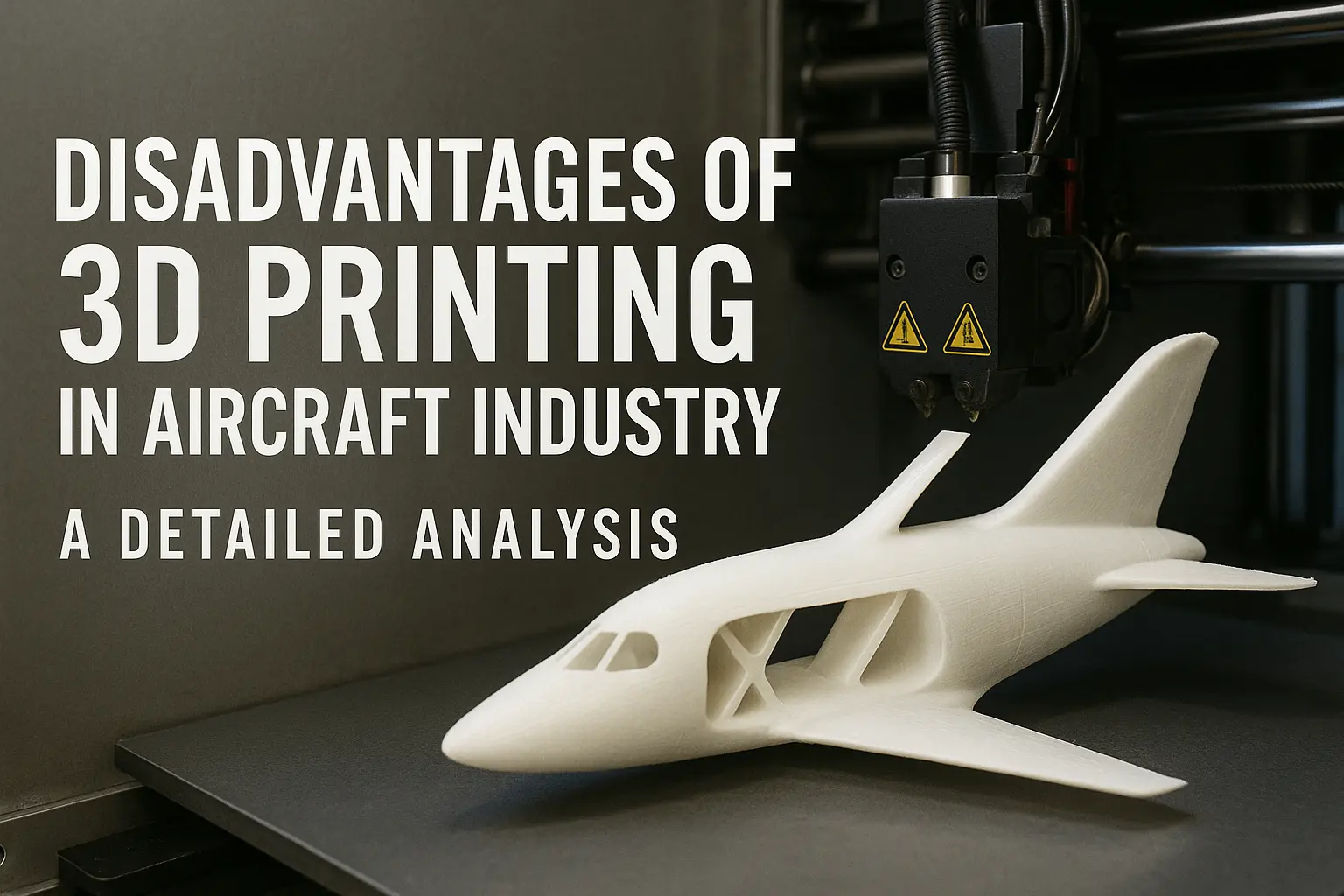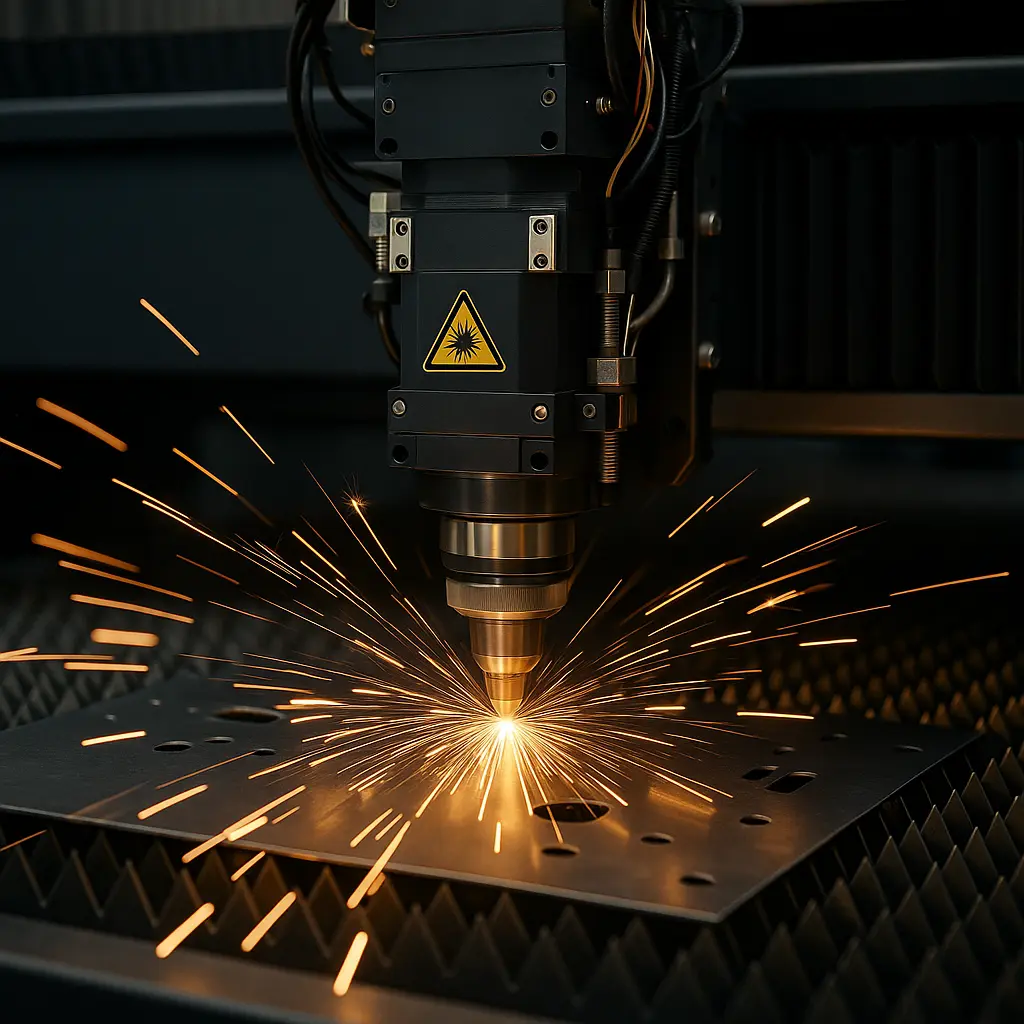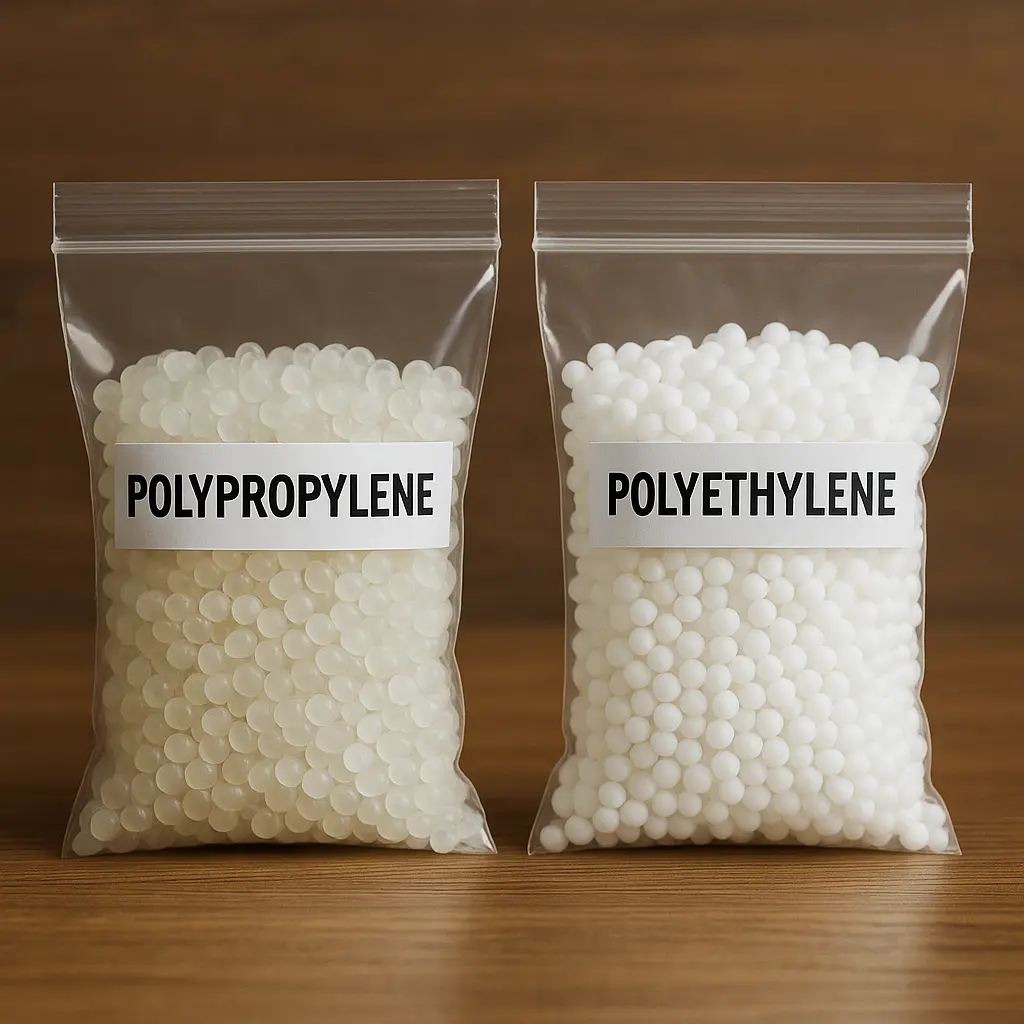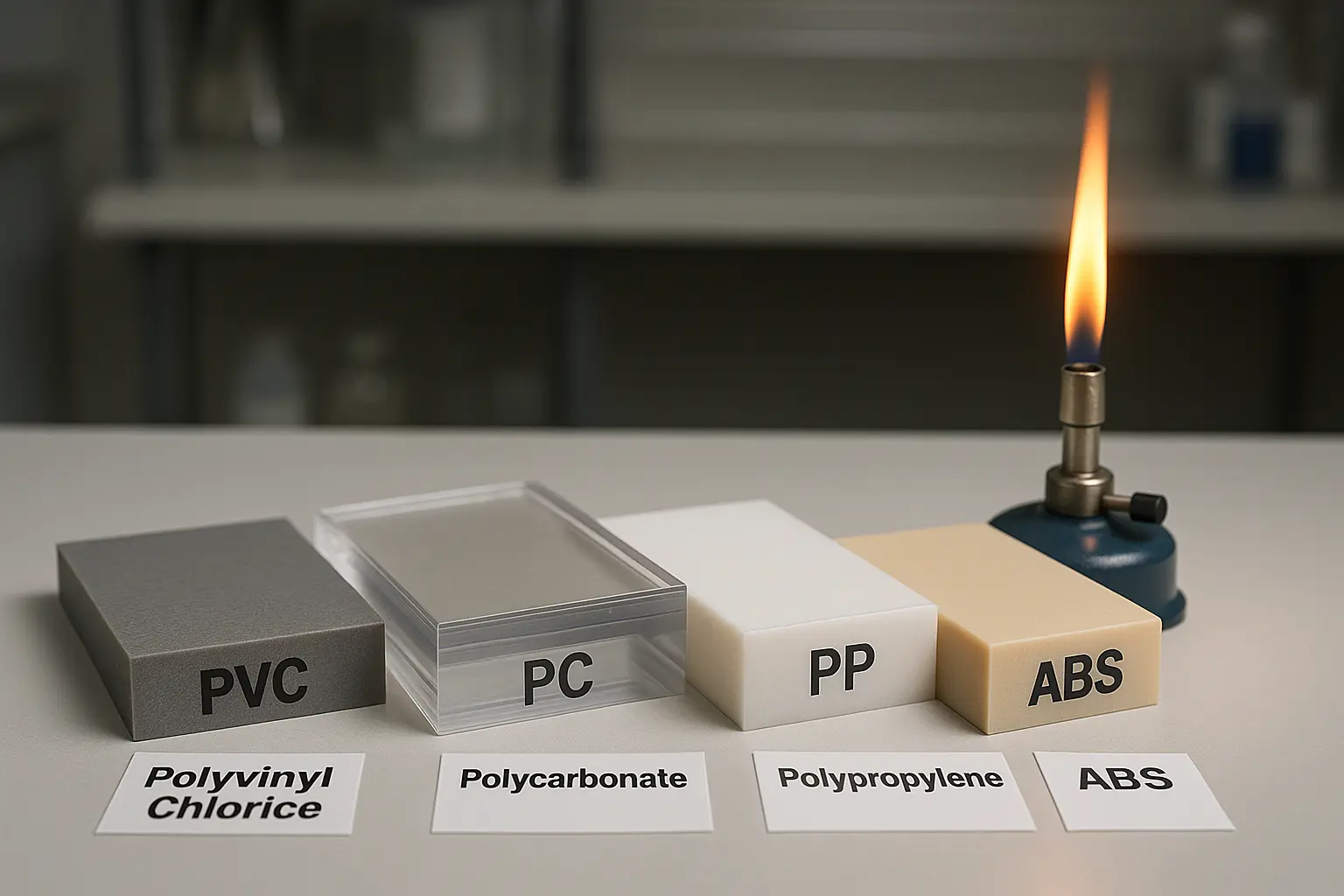Injection mold engineers play a crucial role in manufacturing, specializing in designing, developing, and maintaining molds used to create precise plastic parts. Their expertise ensures the production process is efficient, cost-effective, and delivers high-quality products. From selecting materials to troubleshooting mold performance, these professionals are vital in industries like automotive, electronics, and consumer goods. In this blog, we’ll explore the skills, responsibilities, and impact of injection molding in modern manufacturing.
First, draw the mold diagram
Before drawing the final assembly drawing of the injection mold engineer, the process drawing should be drawn, and it should meet the requirements of the parts drawing and process data. The dimensions guaranteed by the next process shall be marked with the words “process size” on the drawing. If after forming, in addition to repairing burrs, no other mechanical processing is carried out, then the process drawing is exactly the same as the parts drawing.
Under the process drawing, it is best to mark the part number, name, material, material shrinkage, drawing scale, etc. Usually the process is drawn on the mold assembly drawing.
Draw the final assembly drawing as much as possible 1:1 ratio, starting from the cavity, the main view and other views are drawn at the same time.
The final assembly drawing of the mold should include the following:
Injection Mold Engineer forming part of the structure
- The structure form of pouring system and exhaust system.
- Parting surface and parting take-up method.
- Shape structure and all connections, positioning, guiding parts of the position.
- Mark the cavity height size (not required, as required) and the overall size of the mold.
- Auxiliary tools (taking and removing tools, correcting tools, etc.).
- List all parts in order and fill in the list.
- Mark technical requirements and instructions for use.

Technical requirements of mold assembly drawing:
Performance requirements for certain systems of injection mold engineer. For example, the assembly requirements of ejector system and slider core-pulling structure.
Requirements for mold assembly process. For example, after the mold assembly, the fitting gap of the fitting surface of the parting surface should not be greater than the parallelism requirements on and below the 0.05mm mold, and the size determined by the assembly and the requirements for the size are pointed out.
Mold use, assembly and disassembly methods.
Anti-oxidation treatment, mold number, engraving, marking, oil seal, storage requirements.
Requirements for mold testing and inspection.
The sequence of the parts drawing from the injection mold engineer assembly drawing should be: first inside and then outside, first complex and then simple, first formed parts, and then structural parts.

Graphic requirement
Be sure to draw to scale, allowing for zooming in or out. View selection is reasonable, projection is correct, layout is appropriate. In order to make the processing patent number easy to read and easy to assemble, the graphics should be consistent with the final assembly drawing as much as possible, and the graphics should be clear.
The dimensioning requirements are unified, centralized, orderly and complete
The order of dimensioning is: first mark the size of the main parts and the inclination of the die, then mark the matching size, and then mark the full size. On the non-main parts drawing, first mark the matching size, and then mark the full size.
Surface roughness
Mark the most used surface finish and roughness in the upper right corner of the drawing, such as “Other 3.2.” Other roughness symbols are marked separately on each surface of the part.
Other content
For example, the name of the part, the injection mold engineer drawing number, the material grade, the heat treatment and hardness requirements, the surface treatment, the graphic proportion, the processing accuracy of the free size, and the technical description should be filled in correctly.
Second, proofreading, reviewing, tracing, sending
Mold and its parts and plastic drawing relationship
Whether the material, hardness, dimensional accuracy and structure of the injection mold engineer and mold parts meet the requirements of the plastic injection molding parts drawings.
Plastic parts
Whether the flow of plastic material flow, shrinkage hole, weld mark, crack, release slope, etc. affect the requirements of the performance, dimensional accuracy and surface quality of plastic parts. Whether the pattern design is insufficient, whether the processing is simple, and whether the shrinkage rate of the forming material is selected correctly.
Molding equipment
Whether the injection amount, injection pressure and clamping force are enough, whether the installation of the injection mold engineer, the south core of the plastic parts and the demoulding are wrong, whether the nozzle of the injection machine and the shed cover are in correct contact.
Die structure
Whether the parting surface finishing position and finishing accuracy meet the needs, whether there will be overflow, and whether the plastic parts can be ensured to stay in the mold side with the ejecting device after opening the injection mold engineer.

Whether the demolding method is correct, whether the size, position and quantity of the extension rod and push tube are appropriate, whether the push plate will be stuck by the core, and whether it will cause scratches to the formed parts.
Mold temperature regulation. The power and quantity of heater; Whether the position, size and quantity of the flow line of the cooling medium are appropriate.
The method of dealing with the side concave of plastic parts, whether the mechanism of removing side concave is appropriate, such as whether the slider and the push rod in the inclined guide rod core-pulling mechanism interfere with each other.
The location and size of pouring and exhaust systems are appropriate.
Design drawing
Whether the placement of each injection mold engineer part on the assembly drawing is appropriate, whether it is clearly expressed, and whether there is no omission;
Part number, name, production quantity, internal or external parts, standard or non-standard parts, parts processing accuracy, injection mold tooling parts of high precision size correction processing and allowance, injection mold engineer parts of the material, heat treatment, surface treatment, surface finishing degree is marked, described clearly.

Parts Main parts, injection mold engineer parts working size and matching size. Size figures should be correct and do not allow producers to convert.
Check the view position of all parts drawings and final assembly drawings, whether the projection is correct, whether the drawing is in line with the national standard of the drawing, and whether there is any missing size.
Check machining performance
All the parts of the geometric structure, view drawing, size marking ‘is conducive to processing
The main working dimensions of the double check aid
In principle, professional proofreading should be carried out according to the designer’s self-proofreading project; However, we should focus on the structural principle, process performance and operation safety. The drawing should be digested first, described according to the national standard requirements, and filled in all dimensions and technical requirements. Draw and proofread and sign.
The traced base drawing is submitted to the designer for proofreading and signature, and the customary practice is to be reviewed by the relevant technical personnel of the tool manufacturing unit, countersign and check the manufacturing process, and then it can be sent to the sun.
Write manufacturing process cards
The manufacturing process card is written by the technical staff of the tool manufacturing unit and is prepared for the processing and manufacturing.
In the manufacturing process of die parts, inspection should be strengthened, and the emphasis of inspection should be placed on dimensional accuracy. After the injection mold engineer assembly is completed, the inspector will inspect according to the mold inspection table. The main thing is to check whether the performance of the mold parts is good. Only in this way can the manufacturing quality of the mold be guaranteed.
Third, test mold and repair mold
Although it is in the selection of molding materials, molding equipment, mold design under the expected process conditions, but people’s understanding is often imperfect, so it is necessary to test the mold after the completion of the injection mold engineer processing, to see the quality of the molded parts. After finding that it is always possible to eliminate errors, repair the mold.
Plastic parts may exhibit various adverse phenomena and the causes are often complex, from mold issues to process conditions; and both factors often come together as one.
Before repairing a mold, it must first be thoroughly evaluated based on its current situation and any plastic parts with adverse phenomena that are defective, to identify their source and develop remedial plans.
As changing forming conditions is typically effective in dealing with issues related to plastic parts defects and propose remedial strategies; otherwise it might be necessary to repair or replace it altogether. Since changing forming conditions can often resolve such problems immediately. If that does not do the trick then repairs might need to be considered instead.
Repair mold should be more careful, not very sure can not act rashly. The reason is that once the injection mold engineer conditions are changed, it can no longer be reformed and restored to the original state.
The performance of the parts is good, only in this way can the manufacturing quality of the mold be slang.

Sort out the data for archiving
After the injection mold engineer is tested, if it is not used for the time being, it should be completely wiped off the stripping residue, dust, oil, etc., coated with butter or other anti-rust oil or anti-rust agent, and closed to the storage place for safekeeping.
From the beginning of mold design to the success of mold processing and inspection, the technical data generated during this period, such as task books, parts drawings, technical instructions, mold assembly drawings, injection molded parts drawings, base drawings, mold design instructions, inspection records, mold repair records, etc. shall be systematically organized, bound, numbered and filed according to regulations. This seems very troublesome, but it is very useful for repairing molds and designing new injection mold engineer in the future.



